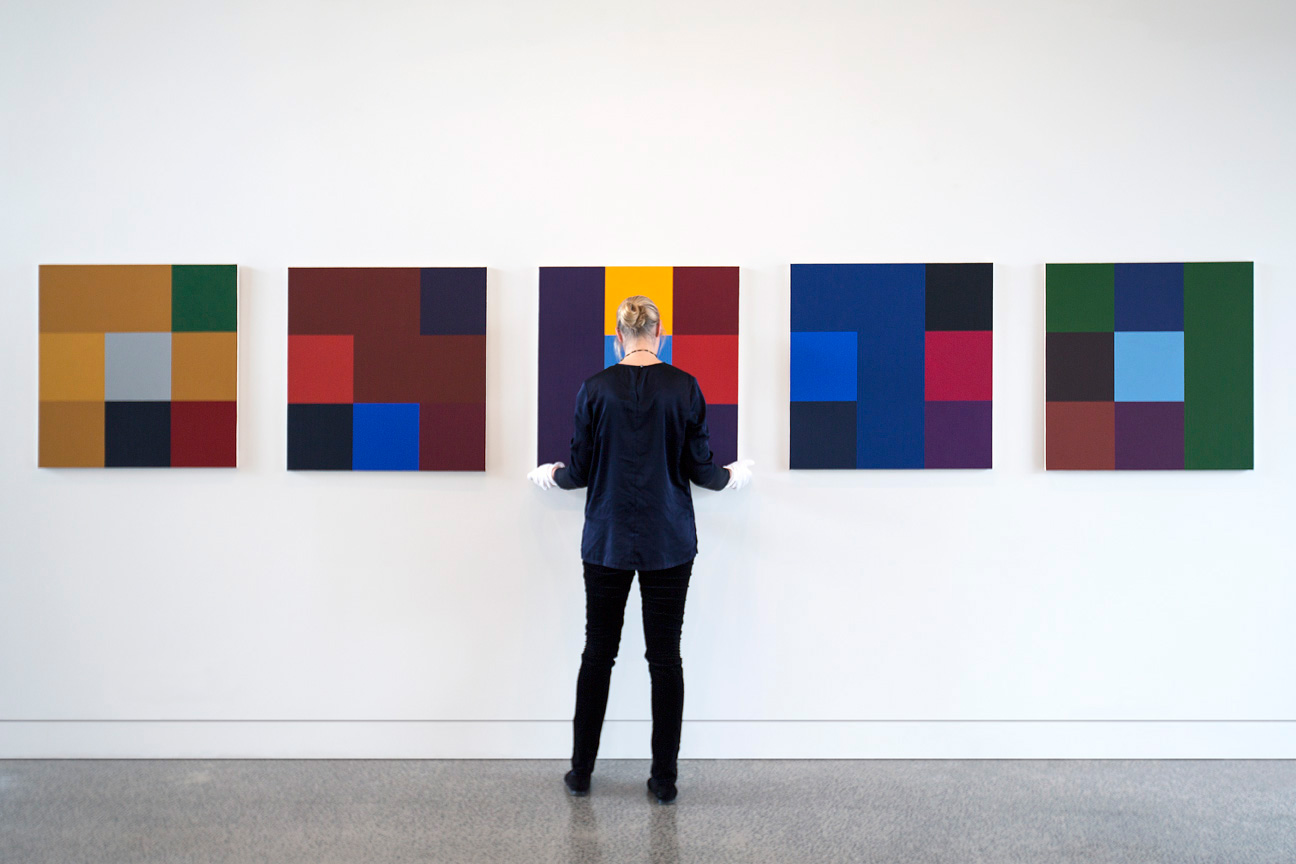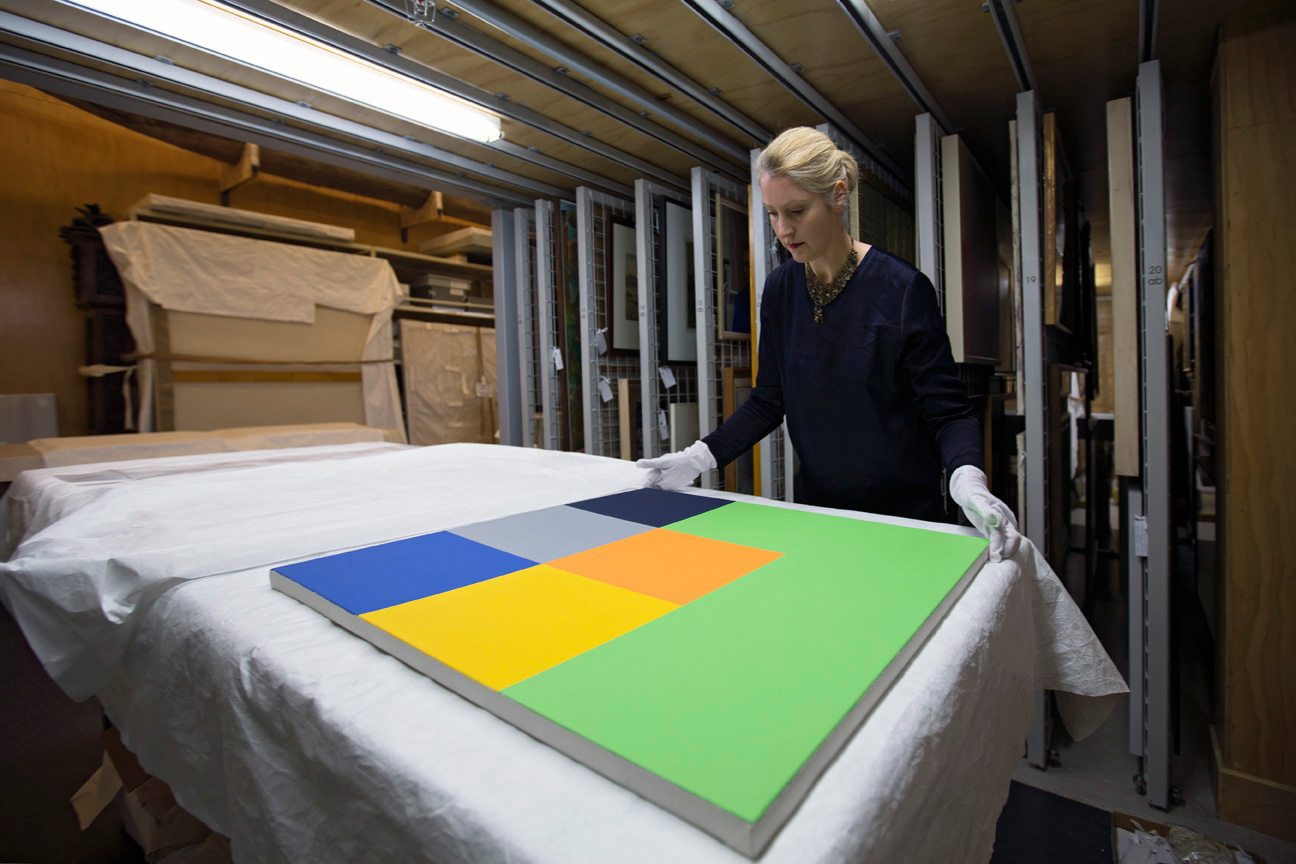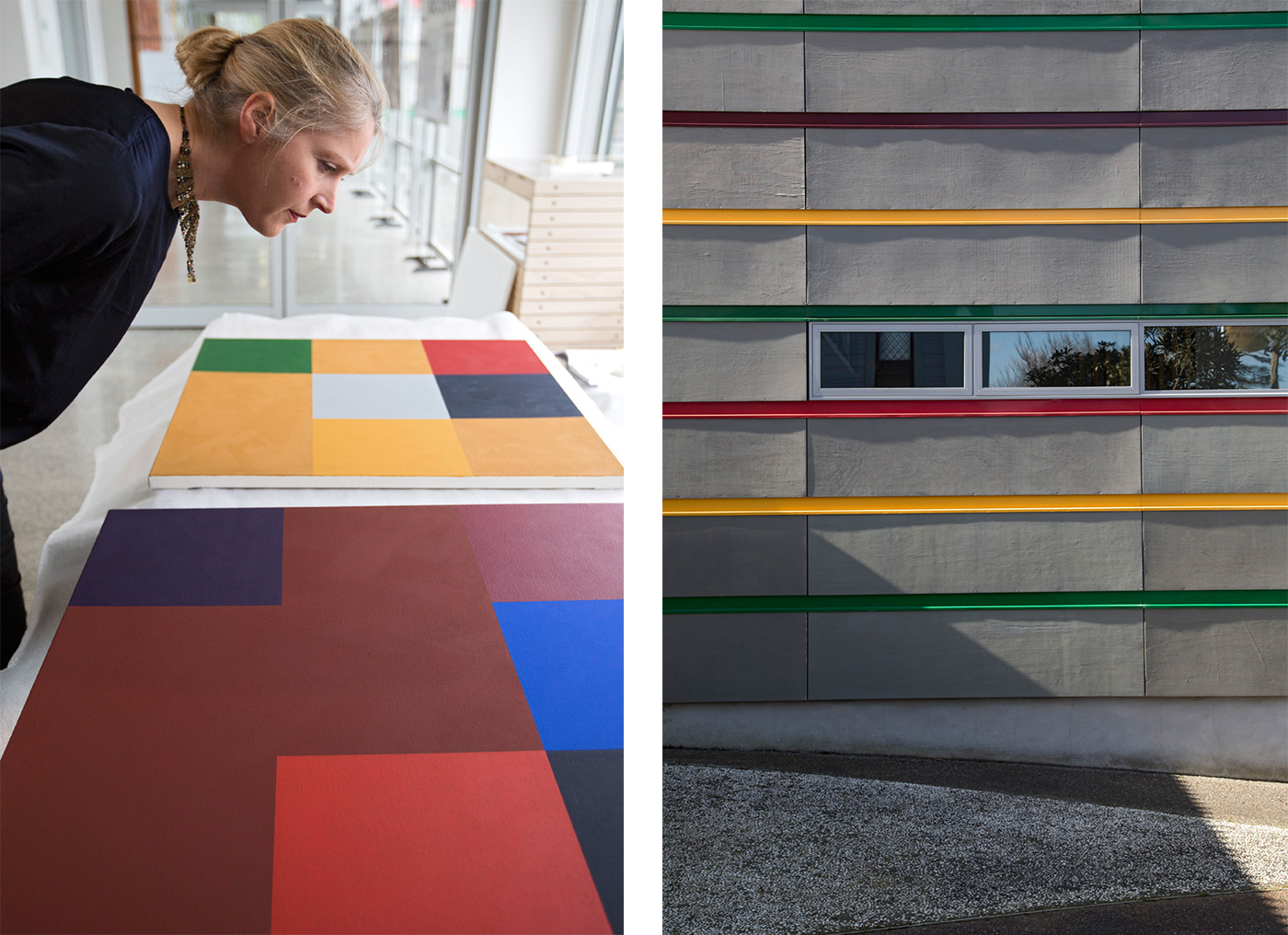Alice Hutchison recently returned to New Zealand to work as director of Aratoi Wairarapa Museum of Art and History. Here, she talks to HOME editor Jeremy Hansen about why the upcoming exhibition of mostly unseen Modernist works by Milan Mrkusich is significant today, and what visitors can expect.

HOME Why Mrkusich and why now?
Alice Hutchison, Aratoi director I’ve always admired Milan Mrkusich as a pioneering artist in this country, on par with the finest internationally, and yet little known outside New Zealand. ‘City Lights’ from 1955 in the Auckland Art Gallery collection remains a landmark in New Zealand’s art history where already so early on, Mrkusich had refined studies of the advancing and receding qualities of colours. I’d just come back to New Zealand to take up the directorship at Aratoi, and Milan’s son Lewis arrived to visit very shortly thereafter – it was quite serendipitous.

HOME What can visitors expect?
Alice Hutchison The proposal he presented was to exhibit a series of work from the mid-1990s that has never been exhibited before as it required very specific spatial requirements – luckily Studio Pacific Architecture’s beautiful gallery here presented the ultimate architectural response. We’ve also included four monumental colourfield paintings and Te Papa has loaned us ‘Achromatic Primary’, 1997. We hope the installation of paintings exploring the properties of colour will be experiential: colour transcends language. Theory and narrative are quite irrelevant. A wonderful quote by Milan rings especially true in the Wairarapa context; “You want landscapes? Take a drive to the country.”

HOME You’ve recently moved to Masterton and Aratoi. What were you doing before this, and what’s it like being back in New Zealand?
Alice Hutchison It’s too cold! I spent the better part of 20 years in the United States and Britain – after finishing my masters degree in art history and film at the University of Auckland, I went to New York to see the great galleries, and didn’t come back. In those years I’ve worked in London, New York and Los Angeles. I also organised New Zealand’s presentation at the 2007 Venice Biennale with Brett Graham and Rachael Rakena’s monumental sculptural video installation ‘Aniwaniwa’ – referencing cultural loss. Most recently I worked on a region-wide initiative, Pacific Standard Time: Art in Los Angeles 1945-1980 at the Getty, initiating a large grant in support of an international video exhibition in Long Beach, then initiated Gary Baseman: The Door is Always Open at the Skirball Cultural Center.

HOME What other shows have you got coming up at Aratoi?
Alice Hutchison Contemporary artist Ben Buchanan is conceiving a large-scale new installation in dialogue with Mrkusich. And we’re looking toward a major cultural redress, multi-platform, multi-media infobition of post-Treaty settlements in partnership with Ngati Kahungunu.
Milan Mrkusich: Chromatic Investigations and Paintings from the 90s
Aratoi, Oct 24 2014 – Jan 31 2015
Corner Bruce and Dixon Streets, Masterton
06 370 0001
aratoi.org.nz




